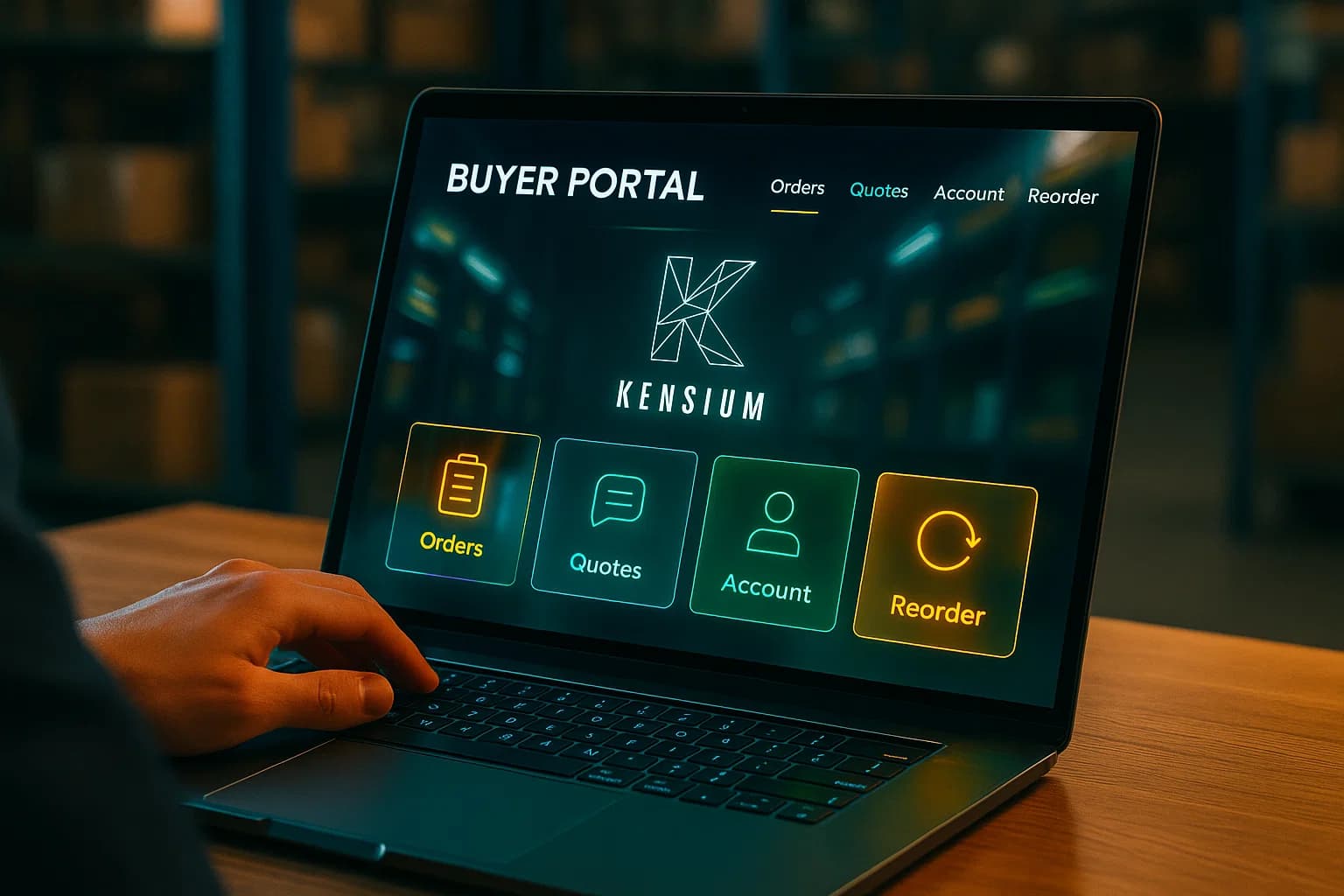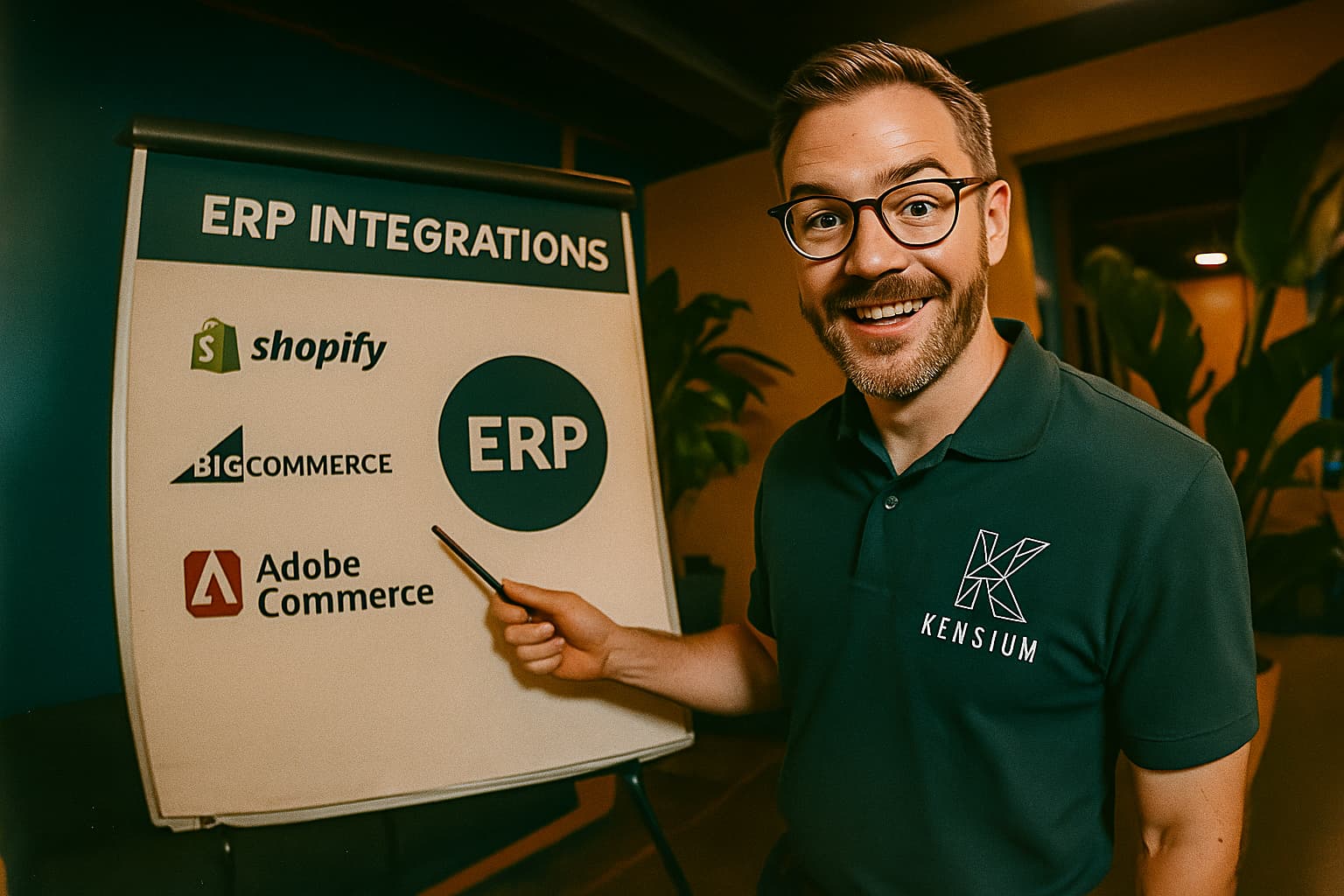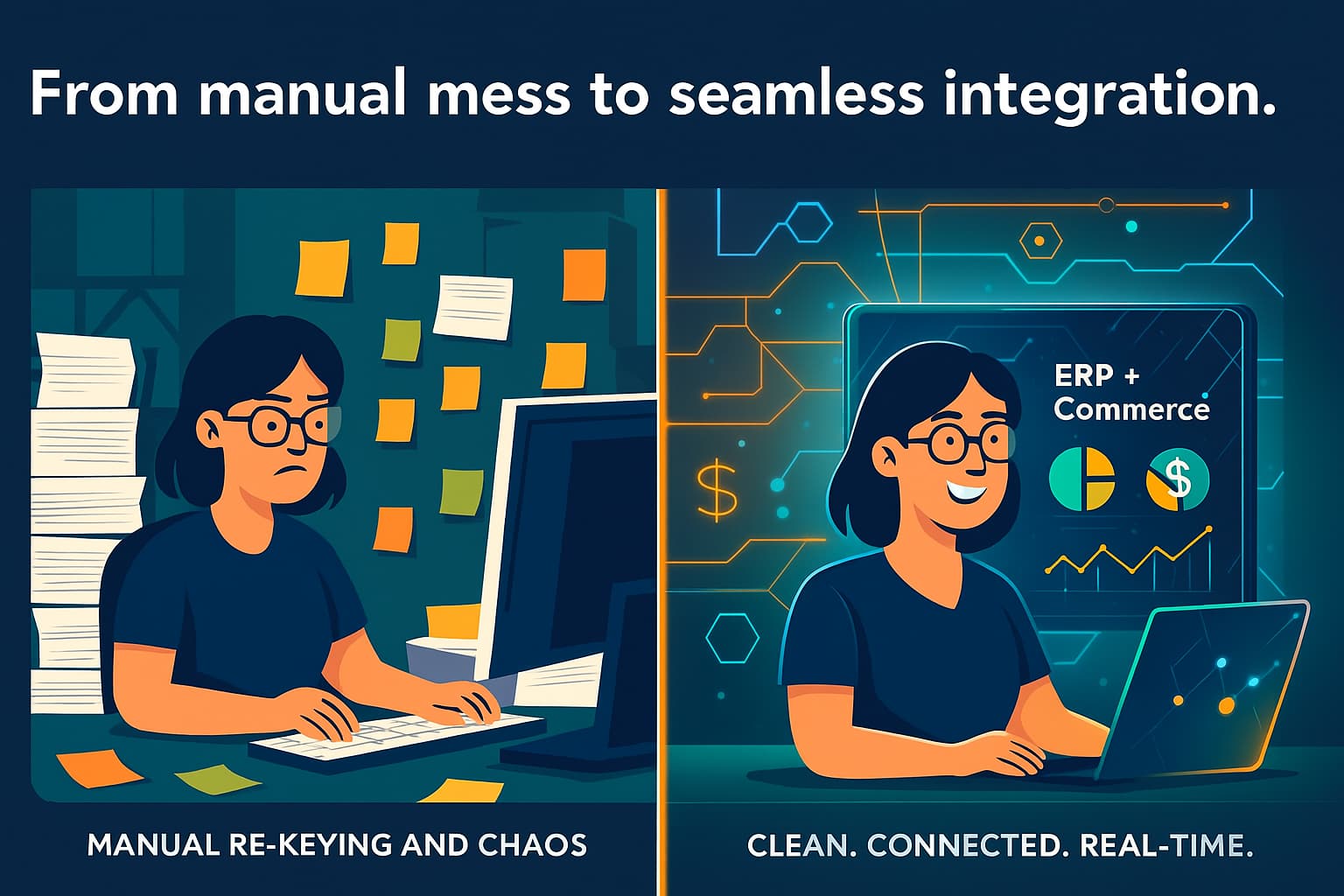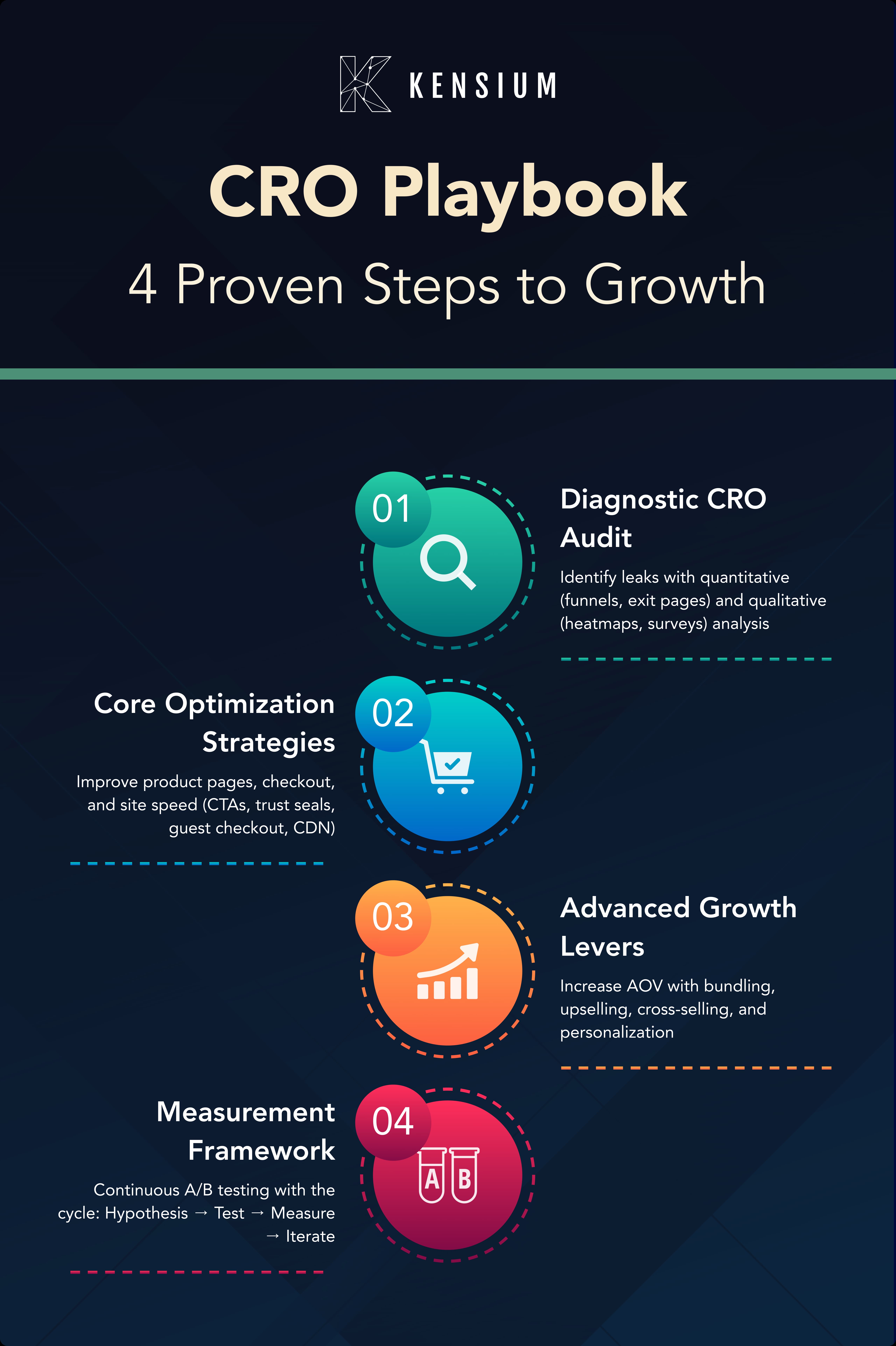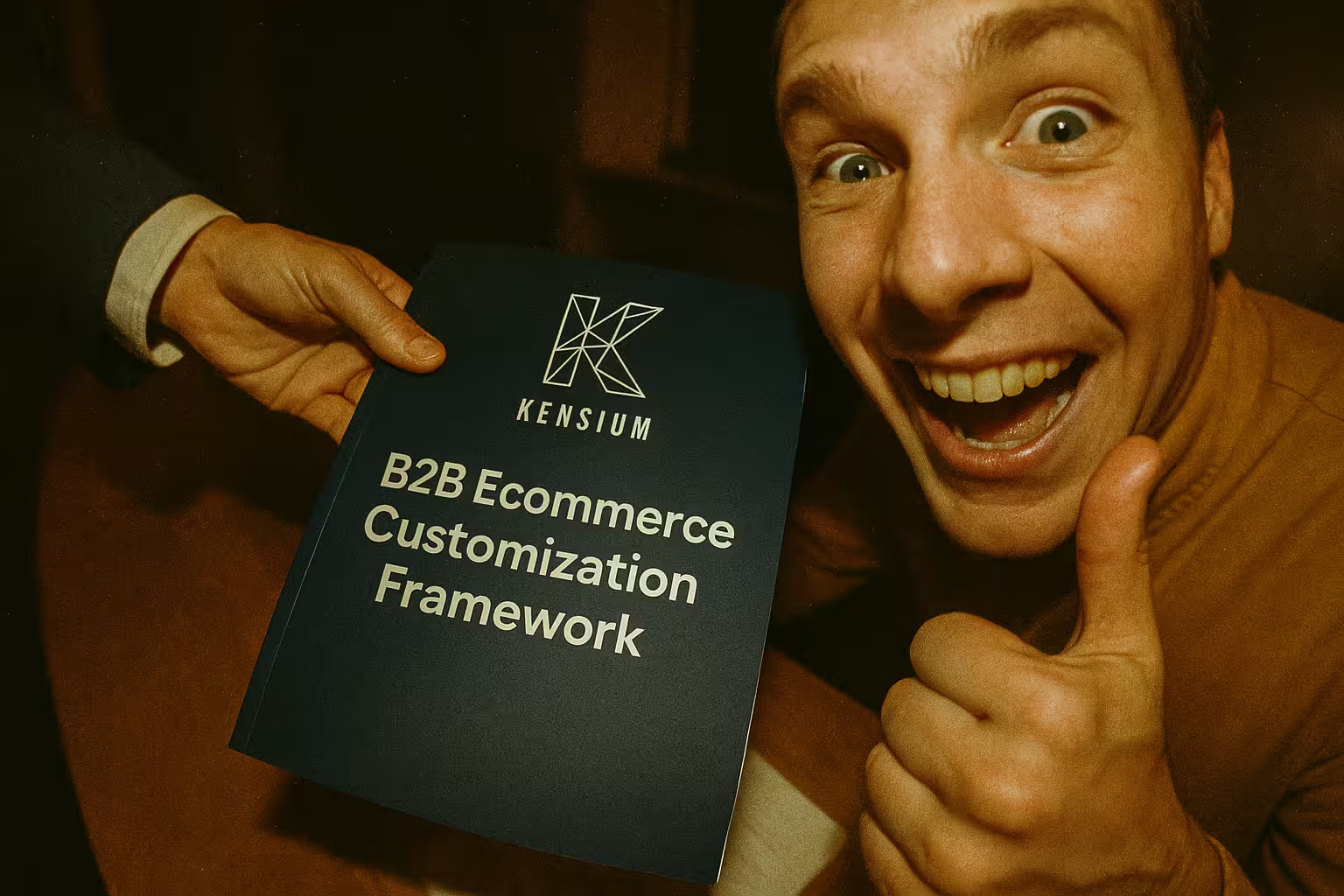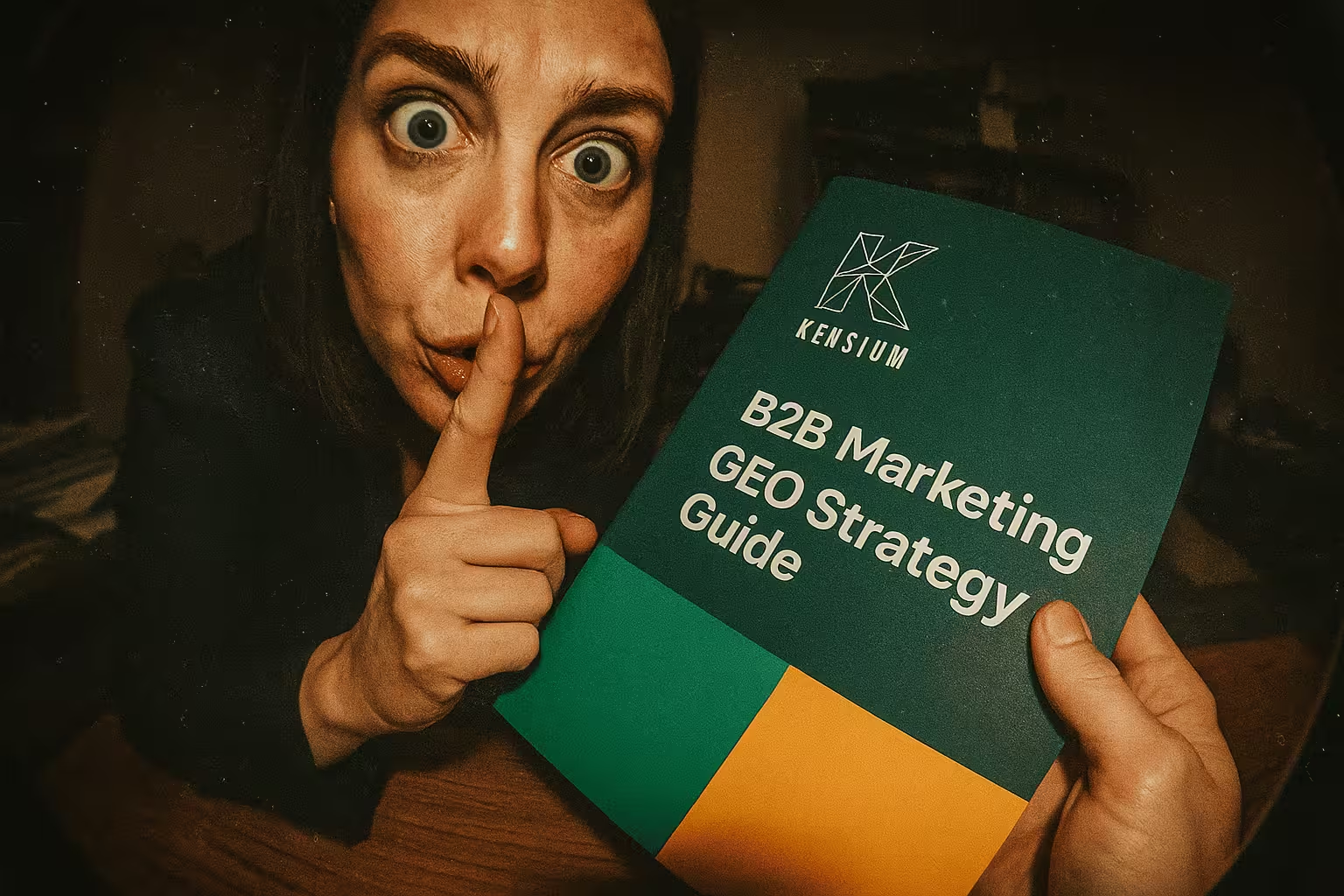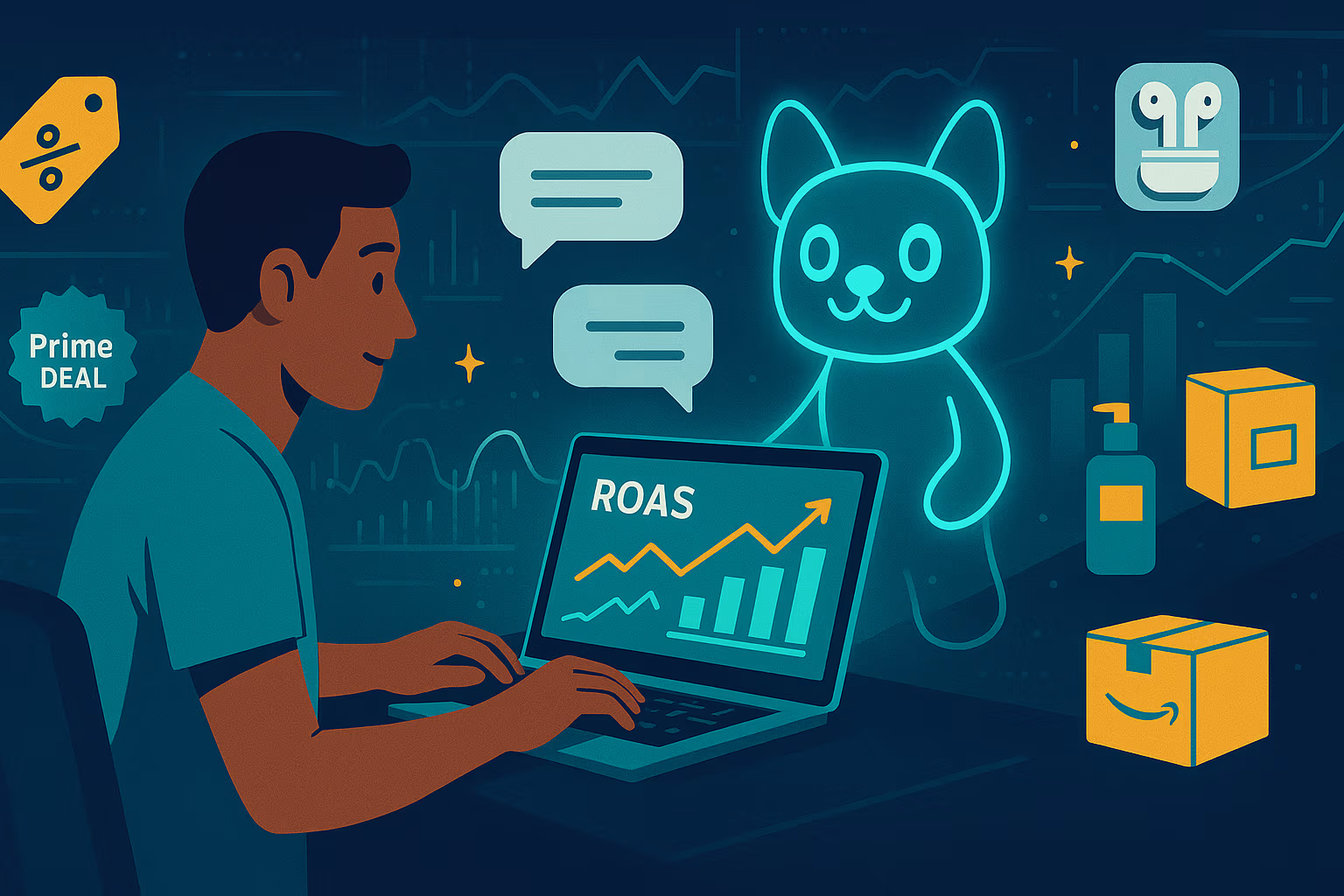
If you are a merchant on Magento 1 (M1) and you haven’t already begun planning for the platform’s end-of-life (EOL) in June 2020, you need to start now. EOL means all online stores deployed on Magento 1 will no longer have access to new features, new security patches, functionality updates, and support from Magento. Your online store will remain functional but become more vulnerable to bugs and security breaches. This guide details our recommendations on what to do before and after M1 reaches its EOL date. It may be time to make the jump to a new eCommerce platform.
Staying On Magento 1: Is It Worth It?
There’s no doubt that staying on M1 past its end of life does have a few immediate benefits. It costs nothing financially, with no need to train your staff in a new system and interface. However, if you do decide to stay on M1 past EOL, your store becomes vulnerable to some known risks:
- Lack of updates can lead to certain features becoming incompatible with the overall Magento platform.
- Some vendors and partners, including PayPal and Braintree, are ending M1 support.
- Magento will cease to provide security patches for M1, which increases the risk that your website may be hacked.
This is not the time to be taking any chances on cybersecurity. Hackers around the globe are taking advantage of the COVID-19 pandemic to increase phishing and cyberattacks. These attacks are likely to increase, given the fact that the M1 EOL timeline is well-known and widely publicized.
We recommend migrating to a new platform after June 2020, but if you do decide to stay on M1, here are some steps you can take to ensure the website runs as smoothly as possible:
- Update as many components as possible. Update to the latest versions of PHP and M1 and update all your integrated extensions.
- Choose a hosting provider who can track threats to your M1 website.
- Run a secure hosting environment with a well-configured Web Application Firewall (WAF), which can stop dangerous traffic in its tracks.
There are also some best practices you should follow if you decide to replatform.
- The first thing to do is layout what you need from your new platform, including security, hosting, functionality, cost, and site design.
- Reach out to developers and request quotes on how much effort and cost the replatforming will require.
- After deciding which platform to switch to, you will need to select a technology partner to implement the software. If you have a savvy tech team of your own, you may even opt to manage the upgrade or transition in-house.
Depending on your specific business model and needs, certain eCommerce platforms will fit suit your needs better than others. Kensium specializes in two of these options; BigCommerce and Magento.
Each has their own strengths and weaknesses, which we detail in this guide. Read on to find out which one would suit your business best.
Is Your Business A Good Fit For Magento 2?
Magento 2 (M2) is a platform for companies with long-term business plans that require massive scaling. The platform offers multi-site support and is recommended for expanding to new markets. If your company is B2B or is thinking of expanding to a B2B business model, M2 may be a good fit. M2 also facilitates international transactions, since the platform supports multiple currencies.
If you have dedicated developers and IT personnel on staff, the platform offers more flexibility. As an open-source, cloud-based Platform as a Service (PaaS), developers can modify M2’s webstore code to satisfy any design request. When Magento doesn’t have a feature you want, you can build it yourself, or look for it on the Magento Marketplace. The Magento Marketplace is a thriving community of developers who build and sell third-party extensions and enhancements, which provide unique features and functionality to the platform.
M2 may be a better fit for companies that want complete control over their website, but with more control comes more responsibility. You will be responsible for maintenance, upgrades, and bug fixes in the software, so you may want to consider hiring or contracting some in-house developers. If you don’t have a development team or their talents are needed elsewhere in your company, you will need to pay for an implementation expert to come in and help support your website. Couple that with Magento licensing fees, and you see that M2 can become a pricey option.
However, you would be paying for complete control and design of your Magento webstore, from content to checkout. If you are part of an established business that is willing to work with partners on a complex and powerful eCommerce platform implementation, M2 is probably the right fit. If you are considering moving off M1 and think M2 is a good fit, contact Kensium. As an Enterprise Magento partner, Kensium is offering a special Magento 1 to Magento 2 package: An implementation in 6-8 weeks for under $45,000. Check out our blog here to learn more.
Is Your Business A Good Fit For BigCommerce?
BigCommerce is a Software-as-a-Service (SaaS) cloud-based solution, so it is licensed to its users at a monthly rate. This means there are no additional licensing fees that you would get with Magento 2; Once you have your fixed rate, that is all you will pay each month. A SaaS solution also means that the provider takes care of infrastructure, security, and hosting maintenance for its users. BigCommerce is a great fit if you need to get your website live quickly since it is more of an “out-of-the-box” solution than M2.
Despite offering advantages on time and cost, BigCommerce is not open source like M2, so you will have a limited ability to customize your website’s design and processes. While M2 allows you to personalize every part of your store from scratch, BigCommerce forces you to work with a limited set of themes. Merchants are also forced to use BigCommerce’s own provided hosting and take any updates and rules that follow. While BigCommerce lets you integrate established marketplaces like Amazon, Google Shopping, or eBay, you cannot create multi-vendor marketplaces within a BigCommerce store. M2 has various multi-vendor marketplace extensions that can give vendors the ability to drop ship, manage pricing, and upload products to a Magento store.
The ideal BigCommerce merchant usually has a smaller budget to play with, less time to get their store live, and doesn’t want to worry too much about hosting or site development. The platform is great for merchants who want more features than WooCommerce or Shopify, but no longer need everything that Magento has to offer. It’s also helpful to merchants who have become frustrated with constantly installing updates and security patches and are interested in a true SaaS-based platform to minimize their website maintenance responsibilities. If you are considering moving off M1 and think BigCommerce is a good fit, consider Kensium’s special Magento 1 to BigCommerce migration package: An implementation in 6-8 weeks for under $35k.
Buy Some Time On M1 With Kensium & Nexcess Safe Harbor
Here’s the rub: With less than 4 weeks left before Magento 1 reaches its EOL, you have a rapidly closing window of time to make a massive decision: Whether to replatform your site. That’s not much time for such a big choice, but you do have a lifeline: Nexcess Safe Harbor. Nexcess is an eCommerce web hosting company whose Safe Harbor program offers Magento 1 support through December 2021 at only 35% of the normal hosting cost. If you decide to enroll in this program, here are the benefits you’ll receive:
- Nexcess will be working closely with the Magento community and their in-house Magento experts to continue to develop application security patches.
- Kensium will be collaborating closely with Nexcess to provide on-going support and apply these patches to our merchant stores.
- Kensium will offer our exclusive Accelerator packages to help merchants migrate to Magento 2 or BigCommerce on their own timetables.
Since replatforming is a major decision that will shape the future success of your company, the goal of Safe Harbor is to provide merchants time to research and discuss options for a new eCommerce platform.
The most important action you can take within your company to thoroughly research and discuss each option. We’ve outlined the basic guidelines on the strengths and weaknesses of M1, M2, and BigCommerce, but it ultimately comes down to figuring out which platform best fits your company’s specific business model and needs. If there’s one thing you should take away from this blog, it’s this: Don’t waste any more time. Begin working internally to make a replatforming decision. It may be the deciding factor for your future success in the eCommerce space.








.png)



